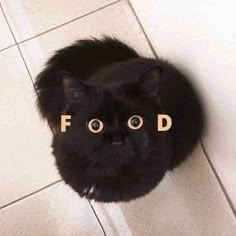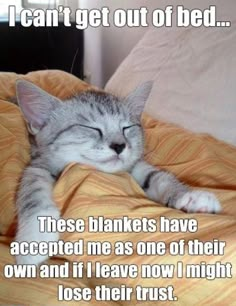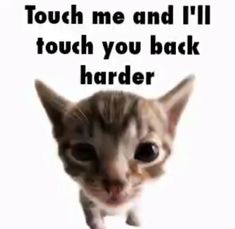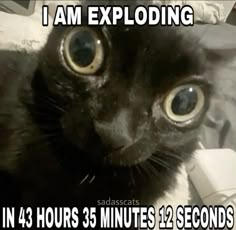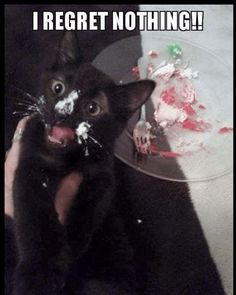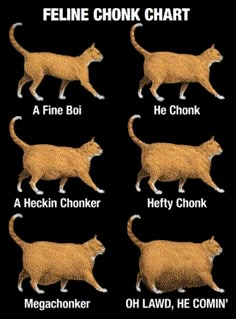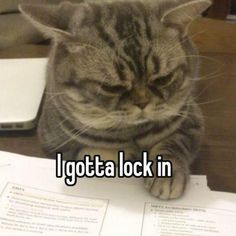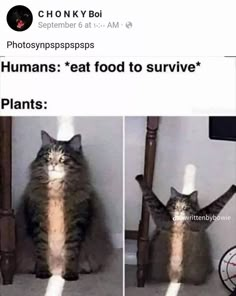Decoding the Purrfect Storm: An Exploration of Funny Cat Memes
Summary
This blog post delves into the world of funny cat memes, exploring their origins, popularity, and enduring appeal. It examines the key elements that make a cat meme successful, the technology behind their creation and sharing, and the reasons why we find them so amusing. From LOLcats to modern viral sensations, this is a comprehensive look at the internet's feline obsession.
Funny Cat Memes: A Deep Dive into Internet Feline Humor
Funny cat memes. The phrase conjures images of grumpy felines, surprised expressions, and text overlays that perfectly capture the absurdity of cat ownership. But where did this phenomenon come from, how did it become so popular, and why are we so obsessed with sharing these images?
The Genesis of Cat Memes: From Photos to LOLcats
The internet's fascination with cats predates the term "meme." Early examples include simple cat photos shared on forums and email chains. However, the true birth of the cat meme as we know it can be traced back to the early 2000s and the rise of websites like 4chan and Something Awful. These platforms fostered a culture of image sharing and remixing, creating a fertile ground for the evolution of online humor.
One pivotal moment was the emergence of LOLcats. These images typically featured cats with humorous captions written in a deliberately misspelled and grammatically incorrect style known as "lolspeak." The most famous example is probably "I Can Has Cheezburger?", a picture of a chubby tabby cat with that very question superimposed. This meme, and the website of the same name, popularized the format and brought cat memes into the mainstream.
How Cat Memes Work: Humor Through Relatability and Anthropomorphism
So, what makes a cat meme funny? Several factors contribute to their enduring appeal. First, there's the element of relatability. Many cat memes depict common cat behaviors, such as sleeping in strange places, knocking things off shelves, or displaying aloof indifference. Cat owners, in particular, find these scenarios highly relatable, leading to a sense of shared experience and amusement.
Second, cat memes often rely on anthropomorphism, attributing human emotions and thoughts to cats. This allows us to project our own feelings and experiences onto these animals, creating humorous situations. For example, a picture of a cat looking judgmental might be captioned with something like, "My face when someone tells me they don't like cats." The humor comes from the incongruity of a cat supposedly having such a complex thought.
The Target Audience: Cat Lovers and Internet Enthusiasts
While cat memes have broad appeal, their primary target audience is undoubtedly cat lovers. People who own or appreciate cats are more likely to find humor in these images, as they understand the nuances of feline behavior and can appreciate the jokes. However, cat memes also resonate with a wider audience of internet enthusiasts who enjoy the absurdity and creativity of online humor.
The accessibility of cat memes also contributes to their popularity. They are easy to understand, share, and create. Anyone with a smartphone and a cat can potentially create a viral meme. This democratization of content creation has fueled the proliferation of cat memes across the internet.
Core Features of a Successful Cat Meme: Image, Text, and Context
A successful cat meme typically combines three key elements: a compelling image, humorous text, and relevant context. The image should be visually appealing and capture a cat's unique personality or expression. The text should be concise, witty, and relevant to the image. Finally, the context in which the meme is shared can also influence its reception. A meme that is timely or relevant to current events is more likely to go viral.
Consider the "Woman Yelling at a Cat" meme. This meme features a split image: on one side, a screencap from The Real Housewives of Beverly Hills shows Taylor Armstrong yelling and pointing. On the other side, a white cat named Smudge sits calmly at a dinner table, looking unimpressed. The humor arises from the juxtaposition of the dramatic human emotion and the cat's utter indifference. The meme's versatility allows it to be used in a wide range of contexts, making it a perennial favorite.
The Technology Behind Cat Memes: Image Editing and Social Sharing
Creating and sharing cat memes relies on readily available technology. Image editing software, such as Photoshop or GIMP, allows users to add text and manipulate images. Social media platforms, such as Facebook, Twitter, Instagram, and Reddit, provide the infrastructure for sharing memes with a wide audience. Mobile apps specifically designed for meme creation have also emerged, further simplifying the process.
The spread of cat memes is also facilitated by algorithms that prioritize engaging content. Memes that receive a lot of likes, shares, and comments are more likely to be seen by a larger audience, creating a viral effect. This feedback loop encourages the creation and sharing of even more cat memes.
The Enduring Appeal: Why We Can't Get Enough
Why do we continue to be captivated by funny cat memes? The answer is complex, but it likely involves a combination of factors. Cats are inherently fascinating creatures, and their quirky behaviors provide endless material for humor. Memes offer a way to share our love of cats with others and connect with like-minded individuals. Furthermore, in a world that can often feel overwhelming, cat memes provide a lighthearted escape and a moment of levity.
In conclusion, funny cat memes are more than just silly pictures. They are a cultural phenomenon that reflects our fascination with cats, our love of humor, and our desire to connect with others online. As long as cats continue to be their adorable, unpredictable selves, cat memes will likely remain a staple of internet culture.

